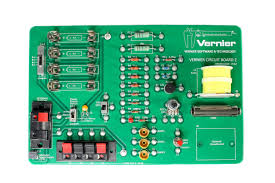Introduction
Choosing the correct Gerber file extensions is crucial for ensuring accurate communication of PCB design data to manufacturers. Gerber files serve as a standardized format for conveying PCB design information, including copper traces, pads, holes, solder mask, and silkscreen layers. In this guide, we’ll discuss the importance of selecting appropriate Gerber file extensions and provide guidance on making informed choices.
Importance of Gerber File Extensions
Standardization
Gerber file extensions follow a standardized format defined by the Gerber format specification. Adhering to standard extensions ensures compatibility with PCB manufacturing equipment and software, facilitating seamless data exchange between design tools and manufacturing processes.
Layer Representation
Different Gerber file extensions correspond to specific PCB layers, such as copper layers, solder mask layers, and silkscreen layers. Selecting the appropriate extensions allows manufacturers to identify and interpret each layer accurately during the fabrication process.
Choosing Gerber File Extensions
1. Copper Layers
- Top Copper (GTL): Use the “.GTL” extension for the top copper layer, which contains traces, pads, and component footprints on the top side of the PCB.
- Bottom Copper (GBL): Select the “.GBL” extension for the bottom copper layer, representing traces and pads on the bottom side of the PCB.
2. Solder Mask Layers
- Top Solder Mask (GTS): Opt for the “.GTS” extension for the top solder mask layer, indicating areas where solder mask should be applied on the top side of the PCB.
- Bottom Solder Mask (GBS): Choose the “.GBS” extension for the bottom solder mask layer, specifying areas for solder mask application on the bottom side of the PCB.
3. Silkscreen Layers
- Top Silkscreen (GTO): Use the “.GTO” extension for the top silkscreen layer, which contains component outlines, labels, and other markings on the top side of the PCB.
- Bottom Silkscreen (GBO): Select the “.GBO” extension for the bottom silkscreen layer, representing component outlines and markings on the bottom side of the PCB.
Conclusion
Choosing the appropriate Gerber file extensions is essential for accurately representing PCB layers and facilitating seamless communication between PCB designers and manufacturers. By selecting standard extensions for copper layers, solder mask layers, and silkscreen layers, designers can ensure the compatibility and reliability of PCB manufacturing processes. To learn more about PCB prototype and gerber file extensions, visit gerber file extensions.
